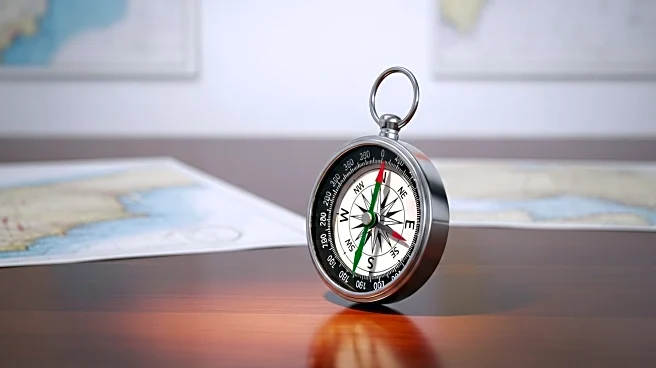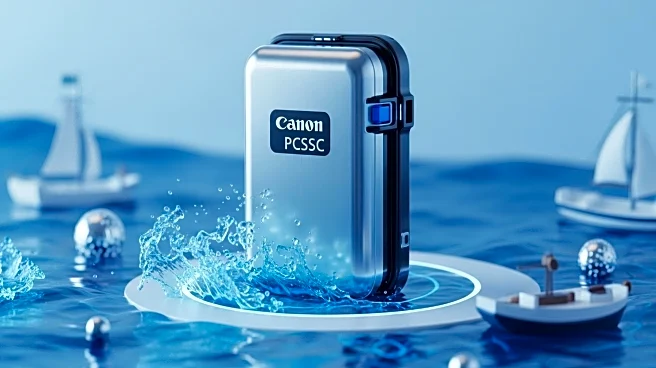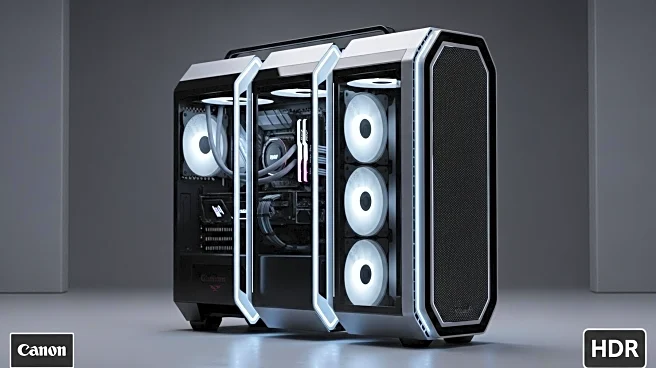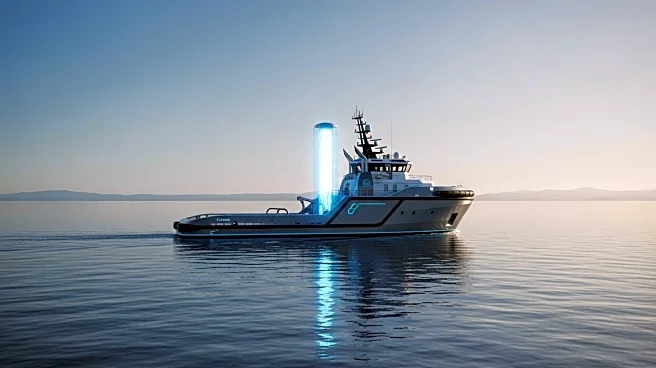What is the story about?
What's Happening?
The International Hydrographic Organization (IHO) has completed Phase 1 of the S-100 Standards implementation, marking a significant milestone in global hydrographic data integration. The operational release of standards S-124 Navigational Warnings and S-128 Catalogue of Nautical Products enables the integration of diverse datasets within Electronic Chart Display and Information Systems (ECDIS). This new framework builds on the digital foundation of S-57, enhancing situational awareness and decision-making in coastal waters and ports. The S-100 specifications allow for near real-time updates, supporting greater navigational safety. The Canadian Hydrographic Service is leading sea trials on the St. Lawrence River to validate the new framework, with global implementation planned for January 1 next year.
Why It's Important?
The completion of Phase 1 of the S-100 implementation is a crucial step in advancing maritime safety and efficiency. By integrating diverse datasets into a single platform, the S-100 framework enhances situational awareness and decision-making for vessels navigating coastal waters and ports. This development supports greater navigational safety by allowing for near real-time updates of navigational warnings and product catalogues. The framework's ability to integrate dynamic information on tides and currents is particularly beneficial for industries reliant on precise and reliable measurement solutions.
What's Next?
The global implementation of the S-100 framework is scheduled for January 1 next year, following the completion of sea trials by the Canadian Hydrographic Service. These trials aim to enable software developers and end users to work with real data, ensuring the framework's effectiveness before its widespread adoption. The IHO's commitment to fulfilling the goals set out in its Roadmap for the S-100 Implementation Decade (2020–2030) indicates ongoing efforts to enhance hydrographic data integration and navigational safety.
AI Generated Content
Do you find this article useful?














